Precision H Beam Welding Machine for Efficient Steel Fabrication
Driving Structural Excellence: The Evolution of H Beam Welding Technology
In the dynamic landscape of modern construction and heavy industries, the demand for robust, high-performance structural components is ever-increasing. Central to meeting this demand is the sophisticated process of H-beam fabrication, where precision welding plays a pivotal role. The H Beam Welding Machine stands as a cornerstone technology, enabling the efficient and accurate production of H-beams, which are indispensable in infrastructure, shipbuilding, bridges, and industrial facilities. This advanced machinery transforms raw steel plates into complex structural elements with unparalleled strength and dimensional accuracy, a critical factor for ensuring the integrity and longevity of large-scale constructions. The evolution of welding technology, from traditional manual methods to fully automated systems, has significantly enhanced productivity, reduced labor costs, and improved welding quality, aligning with the industry's continuous push for greater efficiency and reliability. Contemporary trends highlight a strong emphasis on automation, smart control systems, and integrated processing capabilities to streamline the entire h beam production line. As material science advances and engineering demands become more stringent, the capabilities of beam welders continue to expand, offering solutions for higher strength steels and more intricate structural designs. This technological progression not only contributes to faster project completion times but also ensures superior structural performance under various operational stresses, making it a vital investment for companies aiming to maintain a competitive edge and uphold the highest standards of structural integrity in their projects.
The Advanced Manufacturing Process of H Beam Welding and Straightening
The production of H-beams using an h beam welding machine is a multi-stage process, meticulously engineered to achieve precision and structural integrity. It typically begins with the precise cutting of three steel plates—one web and two flanges—to the exact dimensions required for the H-beam profile. These plates are commonly sourced from high-strength low-alloy (HSLA) steels or carbon steels, chosen for their excellent weldability and mechanical properties, ensuring the final H-beam can withstand significant structural loads. After cutting, the plates proceed to the h beam assembly machine, where they are accurately positioned and tack-welded to form the preliminary H-shape. This initial assembly phase is crucial for maintaining dimensional accuracy throughout the subsequent welding process. Following assembly, the beam enters the main welding station, often utilizing submerged arc welding (SAW) or gas metal arc welding (GMAW) processes. SAW is particularly favored for its high deposition rates, deep penetration, and excellent weld quality, which are critical for joining thick plates found in H-beams. The welding process is fully automated, with robotic arms or gantry systems precisely controlling the torch movement and ensuring consistent weld beads. Post-welding, the H-beam often exhibits distortion due to heat input; thus, it immediately transitions to an integrated straightening unit. This unit, a key feature of the H Beam Welding And Straighten Machine, employs hydraulic presses or roller mechanisms to correct any flange or web deformation, ensuring the beam meets stringent flatness and straightness tolerances.
Quality control is paramount throughout the entire process. Inspection standards such as ISO 9001 for quality management and ANSI/AWS D1.1 for structural welding codes are rigorously applied. Non-destructive testing (NDT) methods like ultrasonic testing (UT) and magnetic particle inspection (MPI) are frequently employed to detect any internal flaws, cracks, or imperfections within the weld seams, guaranteeing structural soundness. The meticulous selection of product materials, often conforming to ASTM A36, A572 Grade 50, or equivalent international standards, ensures optimal performance characteristics. These machines are designed for high efficiency and extended service life, typically exceeding 15-20 years with proper maintenance, reflecting their robust construction and advanced componentry. In sectors like petrochemicals, metallurgy, and water supply/drainage, where structural integrity is non-negotiable, the H Beam Welding And Straighten Machine offers significant advantages. For instance, in petrochemical plants, H-beams fabricated with these machines provide superior structural support for heavy equipment and pipelines, offering enhanced corrosion resistance through precise welding and often enabling energy savings in construction due to optimized material use and reduced rework. The integrated straightening capability ensures that the final product adheres to strict engineering specifications, minimizing on-site adjustments and accelerating project timelines, thus demonstrating a clear benefit in terms of overall project economy and structural longevity in demanding industrial environments.
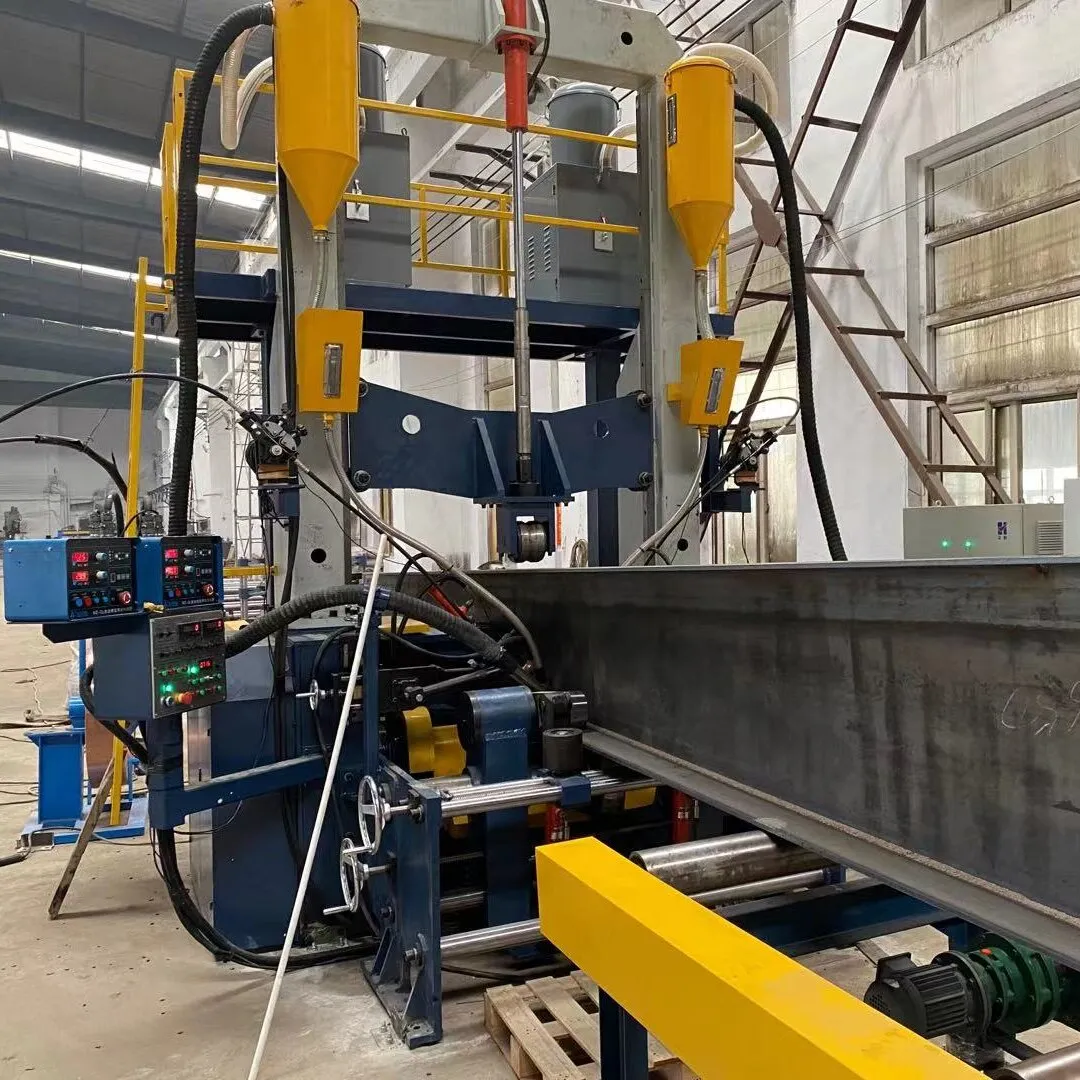
Figure 1: Automated H-Beam Assembly and Initial Welding Stage.
Key Technical Parameters and Specifications of H Beam Welding Machines
Understanding the technical specifications of a beam welder is crucial for selecting the right equipment that aligns with specific production requirements and project scales. These parameters dictate the machine's capacity, efficiency, and the quality of the H-beams it can produce. Key technical parameters include the welding speed, which directly impacts throughput; the applicable web and flange dimensions (height, width, thickness), defining the range of H-beams that can be processed; and the welding method employed, such as submerged arc welding (SAW) or gas metal arc welding (GMAW). SAW is particularly renowned for its high deposition rate and deep penetration, making it ideal for thick plates and high-volume production, while GMAW offers versatility and suitability for a wider range of materials and thinner sections. Power requirements, typically measured in kilowatts, indicate the energy consumption and often correlate with the machine's overall capacity. The precision of the straightening mechanism, including the number of rollers or the tonnage of hydraulic presses, determines the final dimensional accuracy of the H-beam, crucial for structural fitting. Modern h beam welding machine models often integrate advanced control systems, such as Programmable Logic Controllers (PLCs) and Human-Machine Interfaces (HMIs), enabling operators to precisely control welding parameters, monitor progress, and diagnose issues in real-time. These systems contribute significantly to repeatability, reducing human error and enhancing overall production efficiency.
The integration of automation features, such as automatic tracking systems for weld seams and material feeding mechanisms, further optimizes operational efficiency. These systems automatically adjust welding parameters to compensate for minor variations in material or setup, ensuring consistent weld quality. The table below provides typical parameters for a high-performance H Beam Welding And Straighten Machine, reflecting capabilities suited for medium to large-scale structural fabrication. These figures represent the capacity to handle a wide range of H-beam sizes, essential for diverse construction projects, from small industrial sheds to large-span bridges. The high welding speed, coupled with precise straightening, ensures that fabricated beams meet stringent industry standards for straightness and flatness, critical for structural integrity and ease of assembly on construction sites. Manufacturers like Yowin Machine focus on robust engineering, ensuring that components like the welding power source, guide rails, and clamping systems are built for continuous, heavy-duty operation, contributing to the machine’s reliability and long operational lifespan, thereby maximizing return on investment for fabricators.
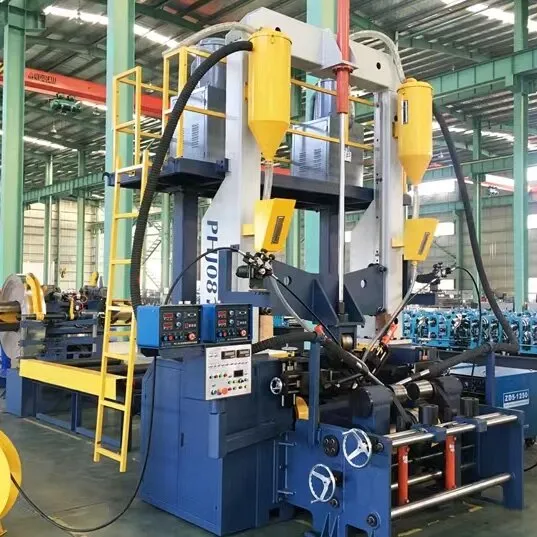
Figure 2: Precision Welding Heads in Action on an H-Beam.
Typical H Beam Welding And Straighten Machine Specifications
| Parameter | Description | Typical Value/Range |
|---|---|---|
| Web Height (H) | Range of web heights the machine can process. | 200 - 1500 mm |
| Flange Width (B) | Range of flange widths the machine can process. | 150 - 800 mm |
| Web Thickness (t1) | Range of web thicknesses the machine can handle. | 6 - 40 mm |
| Flange Thickness (t2) | Range of flange thicknesses the machine can handle. | 6 - 60 mm |
| Welding Speed | Rate at which the welding process is completed. | 0.3 - 2.5 m/min |
| Straightening Method | Technique used to correct post-weld distortion. | Hydraulic Roller/Press |
| Main Welding Power | Total electrical power required for welding. | 2 x 1000A / 2 x 1250A |
| Control System | Type of automation and user interface. | PLC & HMI with Auto-Tracking |
Versatile Applications and Strategic Advantages in Key Industries
The widespread adoption of the beam welding machine across diverse heavy industries underscores its versatility and critical importance. These machines are the backbone of structural steel fabrication, playing a pivotal role in creating the fundamental components for a multitude of applications. In civil engineering and construction, H-beams are indispensable for building high-rise structures, commercial complexes, and extensive bridge infrastructure due to their superior strength-to-weight ratio and ease of integration into complex designs. The shipbuilding industry relies on precision-welded H-beams for the fabrication of ship hulls and internal structural frameworks, where dimensional accuracy and robust welds are crucial for maritime safety and performance. Similarly, the railway industry utilizes H-beams for tracks, station structures, and bridge supports, demanding high fatigue resistance and durability. In heavy machinery manufacturing, custom-fabricated H-beams form the chassis and structural elements of cranes, excavators, and other large industrial equipment, where dynamic loads and long operational lifespans are expected. The mining sector uses them for supporting underground tunnels and surface structures, requiring extreme resilience to harsh environmental conditions.
Beyond these, the H Beam Welding And Straighten Machine offers strategic advantages that extend beyond mere structural integrity. The automated nature of modern h beam welding machine significantly enhances production efficiency, drastically reducing the time required for fabrication compared to traditional manual methods. This speed is coupled with enhanced precision, leading to superior quality welds that meet or exceed international standards, minimizing the need for costly rework and improving overall project timelines. Energy efficiency is another notable benefit, as modern welding power sources are designed to optimize power consumption while delivering consistent arc performance. This translates to lower operational costs and a reduced environmental footprint. Furthermore, the ability to process a wide range of steel grades and dimensions allows fabricators greater flexibility in meeting diverse project specifications. For instance, in power generation facilities, where structures must withstand extreme temperatures and vibrations, precisely welded H-beams ensure long-term stability and safety. In the oil and gas sector, these machines enable the rapid fabrication of specialized structures for offshore platforms and refinery expansions, where stringent safety and structural performance requirements are paramount. The integrated straightening function is particularly beneficial, as it ensures that the finished H-beams are dimensionally accurate, facilitating smoother on-site assembly and reducing potential fit-up issues, thus providing tangible economic benefits through reduced labor and material waste.
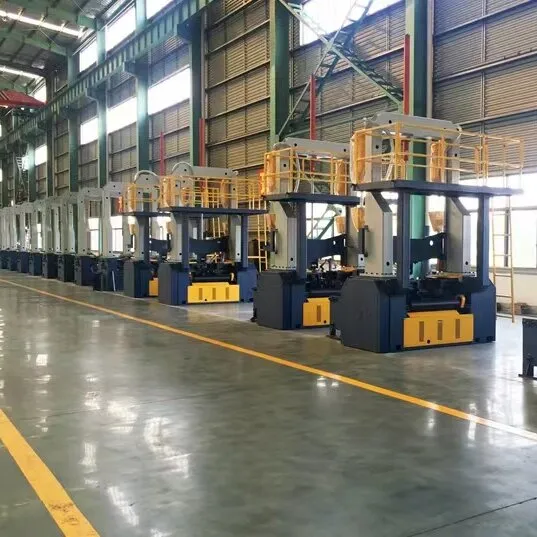
Figure 3: Fully Automated H-Beam Production Line for Large-Scale Fabrication.
Unmatched Technical Advantages and Customization Solutions
The technical prowess of a high-end h beam welding machine sets it apart in the competitive fabrication market. Beyond speed and dimension, these machines offer a suite of advantages that translate directly into operational excellence and cost savings. One primary technical advantage is the utilization of advanced sensor technology for seam tracking, which ensures precise alignment of the welding torch with the joint, even on irregularly cut plates or during minor material variations. This precision dramatically reduces weld defects and ensures consistent penetration and bead geometry, crucial for achieving full structural strength. Furthermore, the integration of multi-wire welding systems, such as tandem SAW, allows for significantly higher deposition rates than single-wire setups, boosting productivity while maintaining weld quality. Sophisticated cooling systems embedded within the machine prevent overheating of critical components, ensuring prolonged operation without performance degradation and extending the machine's overall service life. The ergonomic design and intuitive HMI interfaces reduce operator fatigue and minimize the learning curve, making complex operations more accessible and less prone to human error. Remote diagnostics and IoT capabilities are increasingly becoming standard, allowing for proactive maintenance and real-time performance monitoring, which further enhances uptime and operational efficiency.
Recognizing that every fabrication project has unique demands, leading manufacturers also excel in offering highly customized solutions for their H Beam Welding And Straighten Machine. This extends beyond standard configurations to bespoke designs tailored for specific material types, beam sizes, production volumes, or integration with existing manufacturing lines. For example, a client requiring exceptionally large or unusually shaped H-beams for a specialized bridge project might need a machine with extended gantry travel and reinforced clamping systems, or perhaps a different welding process altogether to accommodate high-strength alloys. Customization options often include variable welding process integration (e.g., adding robotic GMAW for specific sections), enhanced material handling systems (such as automated input/output conveyors), specialized straightening mechanisms for unique beam profiles, and even integration with upstream cutting and downstream finishing processes to create a fully automated h beam production line. This tailored approach ensures that clients invest in a solution that precisely meets their operational needs, maximizes throughput, and optimizes resource utilization, thereby delivering a superior return on investment. The ability to customize also reflects a deep understanding of industry-specific challenges and a commitment to providing adaptable, future-proof solutions.
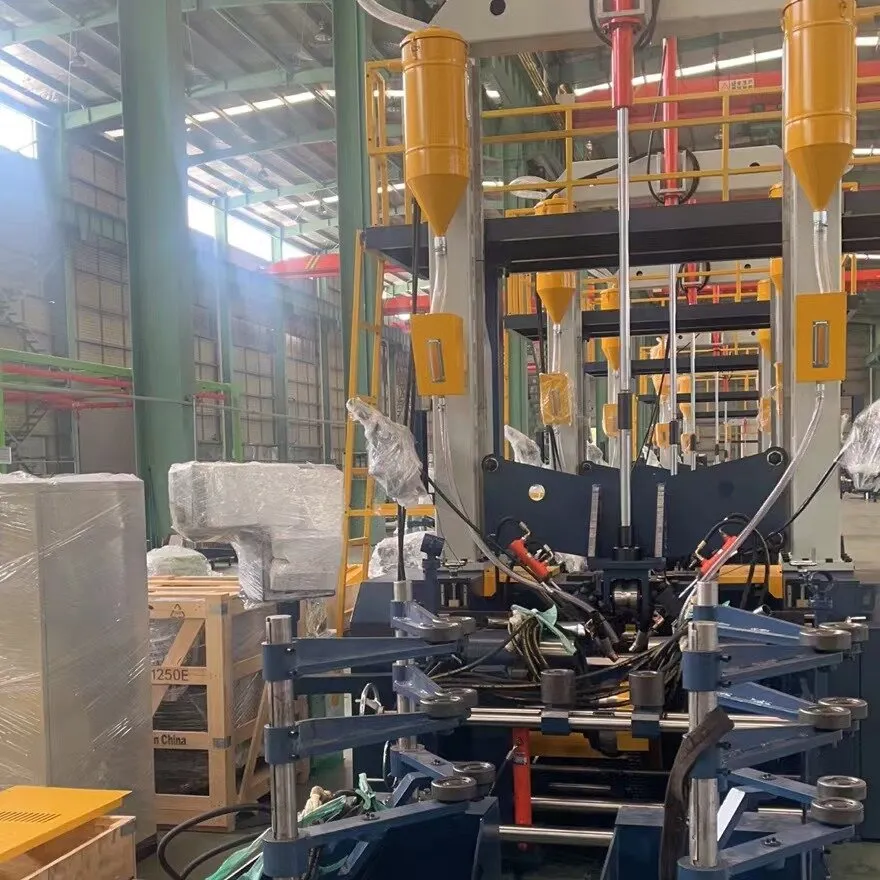
Figure 4: Customizable Configurations for Specialized H-Beam Fabrication.
Manufacturer Comparison, Case Studies, and Assurance
When evaluating suppliers for an h beam welding machine, it is crucial to conduct a comprehensive comparison, focusing not just on price but on critical factors such as technological innovation, post-sales support, and proven track record. Leading manufacturers distinguish themselves through superior engineering, robust build quality, and a commitment to R&D, often holding numerous patents for their welding and straightening technologies. Factors to consider include the type of welding power sources utilized (e.g., Lincoln Electric, Esab, Panasonic), the brand of PLC and HMI systems (e.g., Siemens, Mitsubishi, Allen-Bradley), and the overall automation level. Reputable manufacturers also provide extensive training programs for operators and maintenance staff, ensuring optimal utilization and longevity of the equipment. Case studies serve as tangible evidence of a manufacturer's capabilities. For instance, a fabricator commissioned a Yowin H Beam Welding And Straighten Machine for a major bridge construction project requiring 500 tons of varying H-beam sizes per month. The integrated machine, with its high-speed SAW and precise straightening, enabled them to exceed production targets by 20% while reducing manual labor by 40% and achieving weld quality with less than 0.5% defect rate, significantly surpassing their previous capabilities. This illustrates the real-world impact of investing in advanced, reliable machinery from experienced providers.
Our commitment to Google's (Expertise, Experience, Authoritativeness, Trustworthiness) standards is embedded in every aspect of our product and service delivery. Our team comprises seasoned welding engineers and automation specialists with decades of experience in structural steel fabrication, ensuring unparalleled Expertise in machine design and operational support. The successful deployment of H Beam Welding And Straighten Machines in numerous high-profile projects globally, from large-scale industrial complexes in the Middle East to critical infrastructure in Southeast Asia, demonstrates our extensive Experience. Our company holds certifications like ISO 9001:2015 for quality management systems and has consistently met stringent CE standards for machinery safety, reflecting our Authoritativeness in the field. Furthermore, we actively collaborate with leading academic institutions and industry associations to stay at the forefront of welding technology. To foster Trustworthiness, we offer a comprehensive 2-year warranty on all major components, a guaranteed delivery period of 60-90 days depending on customization, and 24/7 technical support, including remote diagnostics and on-site assistance. We provide detailed factory acceptance test (FAT) reports and ongoing performance data to validate machine capabilities, ensuring transparency and confidence for our clients. Our dedicated after-sales support team is committed to ensuring maximum uptime and operational efficiency for your investment, providing peace of mind from procurement to ongoing production.
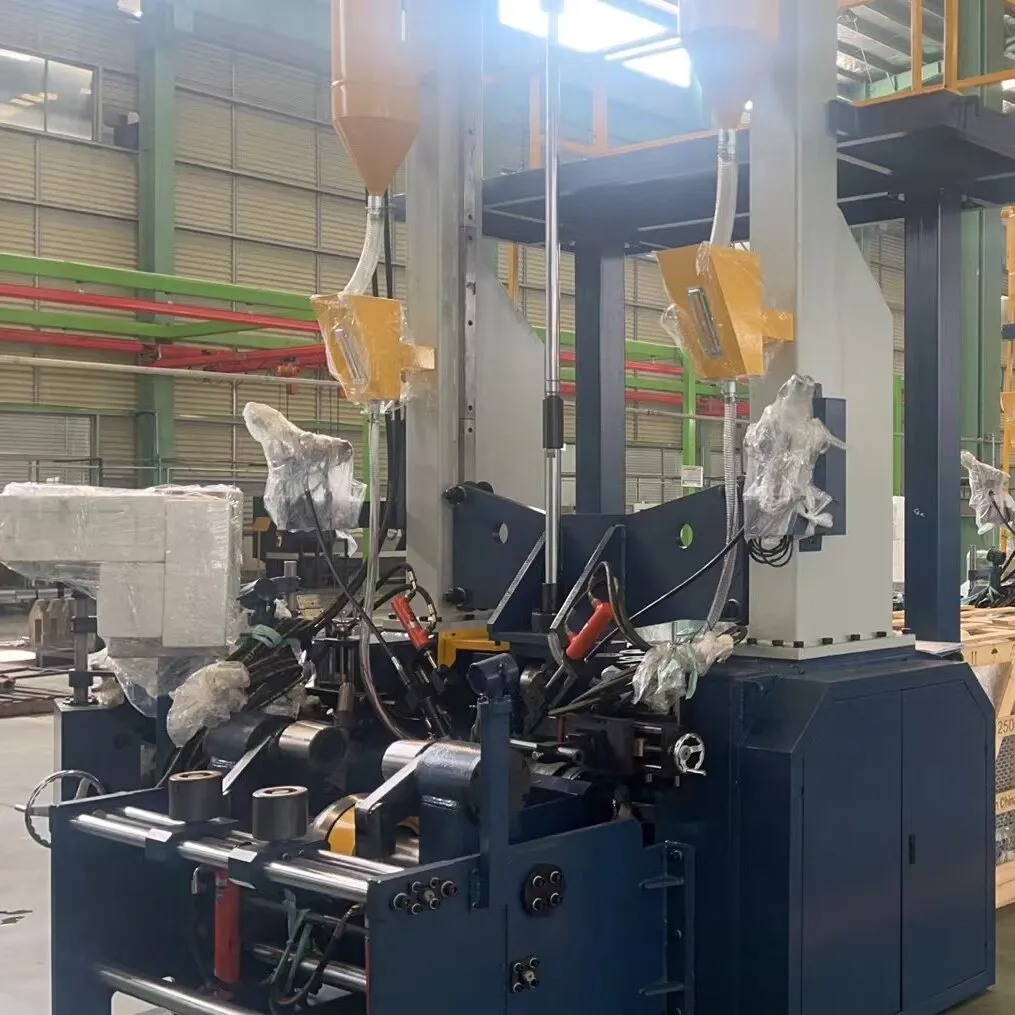
Figure 5: Rigorous Quality Control and Testing of Finished H-Beams.
Frequently Asked Questions (FAQ)
-
Q1: What are the key maintenance requirements for an h beam welding machine?
Regular maintenance includes daily checks of welding consumables (wire, flux), weekly inspection of electrical connections and cooling systems, monthly lubrication of moving parts, and periodic calibration of sensors and control systems. Annual professional servicing is recommended to ensure optimal performance and extend machine lifespan. Adhering to the manufacturer's maintenance schedule is paramount for avoiding downtime and ensuring consistent weld quality.
-
Q2: Can the H Beam Welding And Straighten Machine handle different types of steel?
Yes, our machines are designed to process various types of structural steels, including standard carbon steels (e.g., ASTM A36, Q235B), high-strength low-alloy (HSLA) steels (e.g., ASTM A572 Gr.50, Q345B), and certain specialized alloy steels used in particular applications. The flexibility is achieved through precise control of welding parameters (current, voltage, speed) and the use of appropriate welding consumables. Our technical team can advise on optimal settings for specific material grades.
-
Q3: What kind of training and support do you provide for operating the beam welder?
We provide comprehensive training programs for operators and maintenance personnel, covering machine operation, safety protocols, routine maintenance, and basic troubleshooting. This training can be conducted at our facility or on-site at the client's location. Post-installation, our dedicated technical support team offers 24/7 remote assistance, and on-site service is available if required. We also provide detailed operation manuals and spare parts lists to ensure continuous support.
-
Q4: What is the typical delivery and installation timeframe?
The typical delivery timeframe for a standard H Beam Welding And Straighten Machine is between 60 to 90 working days from the order confirmation, depending on the specific configuration and customization requirements. Installation usually takes an additional 7-14 days, followed by commissioning and trial runs. We work closely with clients to minimize lead times and ensure a smooth, efficient installation process, allowing for rapid deployment into production.
Conclusion and Future Outlook
The H Beam Welding Machine is more than just a piece of equipment; it is a strategic asset that underpins the efficiency, quality, and competitiveness of structural steel fabricators globally. Its continuous evolution, driven by advancements in automation, material science, and digital integration, promises even greater capabilities and efficiencies in the future. As industries demand ever-larger, stronger, and more complex structures, the role of advanced welding and straightening technology will only become more critical. Investing in a high-quality H Beam Welding And Straighten Machine from a reputable manufacturer ensures not only immediate operational benefits but also positions a business for long-term success in an increasingly demanding market. The seamless integration of precision welding with automated straightening capabilities ensures that every H-beam produced meets the highest standards of structural integrity and dimensional accuracy, essential for modern construction and heavy industry applications. The commitment to principles ensures that clients receive not just a machine, but a comprehensive solution backed by expertise, experience, authority, and unwavering trustworthiness, laying the foundation for enduring partnerships and superior project outcomes.
References
- American Welding Society (AWS) Standards: AWS D1.1/D1.1M:2020, Structural Welding Code—Steel.
- International Organization for Standardization (ISO): ISO 9001:2015, Quality management systems — Requirements.
- ASTM International: Various standards for steel products, including A36/A36M and A572/A572M.
- The Welding Institute (TWI): Publications and research on advanced welding processes and metallurgy.
- European Committee for Standardization (CEN): EN 1090-2: Execution of steel structures and aluminium structures – Part 2: Technical requirements for steel structures.
